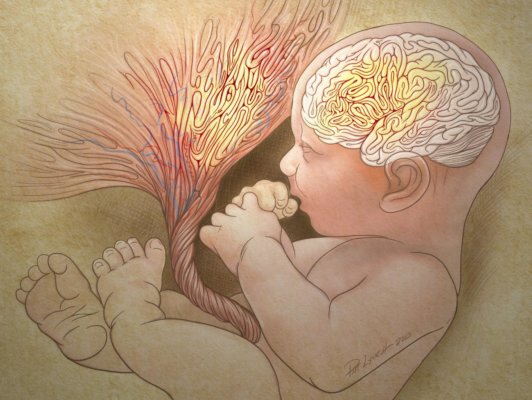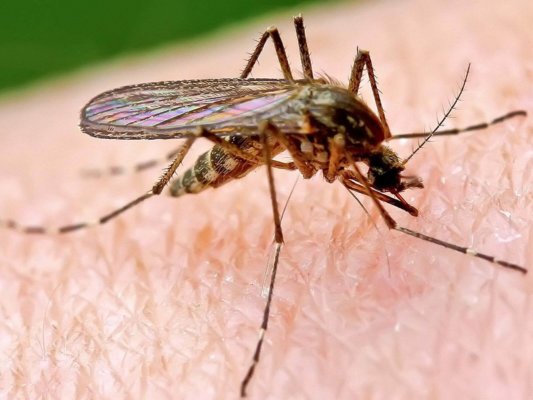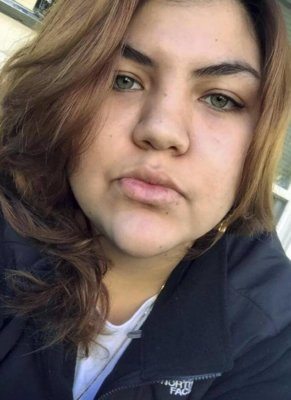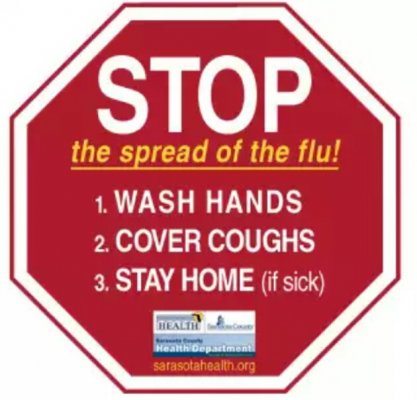By Ed Stannard
[email protected] / Twitter: @edstannardnhr
NEW HAVEN — A screening test performed on a newborn’s placenta can help determine the risk of that child developing autism, according to research at the Yale School of Medicine reported today.
Knowing that there is a high risk of autism in a newborn child gives the parents a chance to watch for signs of the disorder and to use techniques that could reduce symptoms, according to Dr. Harvey Kliman, the senior author of the study, which is published in today’s online issue of Biological Psychiatry.
“We know that early intervention has a very significant impact on these children,” Kliman said. “From my point of view, because the prevalence (of autism) is one in 50 now … I think that everybody should be screened.”
Kliman, research scientist in the Department of Obstetrics, Gynecology and Reproductive Sciences at the medical school, had studied a phenomenon of abnormal folding of placental cells, and saw a connection to disorders of the brain. The latest study confirms more strongly than ever that the cellular abnormalities are a marker for autism, and possibly other brain-related disorders, such as obsessive-compulsive and attention-deficit disorders.
“This is an abnormal structure that only can be seen at the microscopic level. It can only be done after delivery,” Kliman said. “The brain is extremely sensitive to abnormal folding. It’s the most folded organ in the body.”
Since the placenta is discarded, there is no harm in studying its cells, but any abnormalities would appear in every cell, Kliman said.
In the study reported today, researchers from Yale and the MIND Institute at the University of California at Davis examined placentas of 117 newborns whose families already had a child with autism, putting them at higher risk of having a second such child, and compared them with 100 placentas from newborns in families without such a risk.
The results were dramatic: the at-risk placentas were likely to have as many as 15 of the abnormal folds, while the control placentas had no more than two. More than four such abnormalities indicates that the child is almost certainly in the at-risk group, meaning he or she is nine times more likely to have autism, Kliman said. “The actual outcomes of the children won’t be known for at least a year from now,” he said.
Now, family history is the only way to determine whether there is a chance of a child developing autism, Kliman said. Testing placental cells “gives us a tool to identify those children who are at risk at birth, way before any other modality. … I view this as the check-engine light for pregnancy.”
When Chris Sullivan became pregnant with her daughter, Dania, she was a counselor in Moorsville, N.C., who saw families with autistic children. Her clients would ask if there were a way to detect the disorder early. Continued…
h/t – NEWHAVENREGISTER










